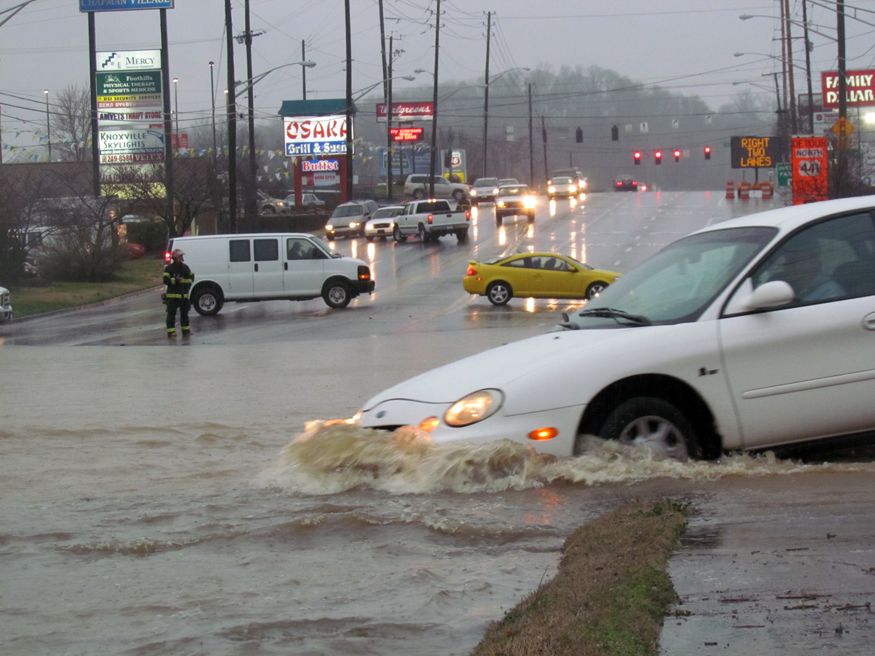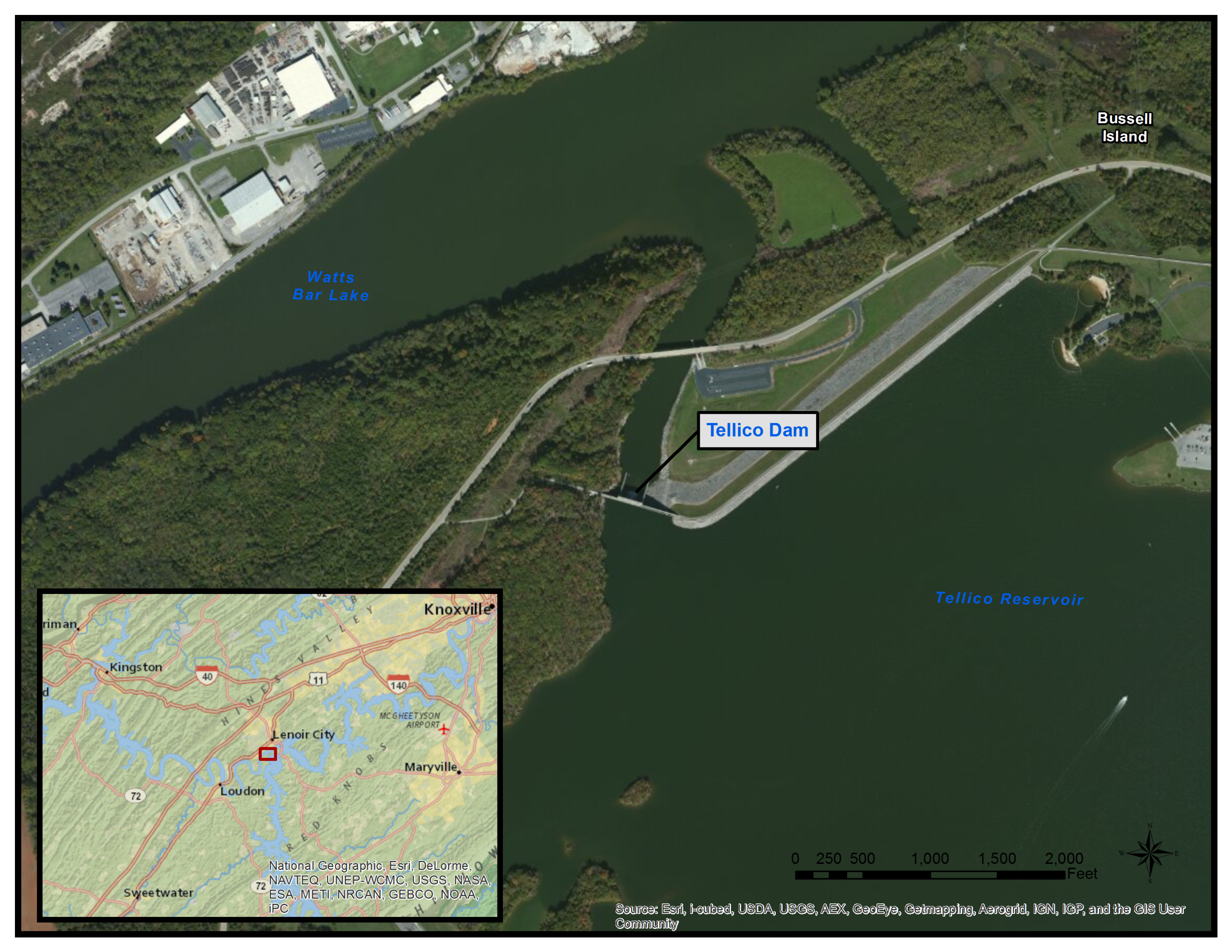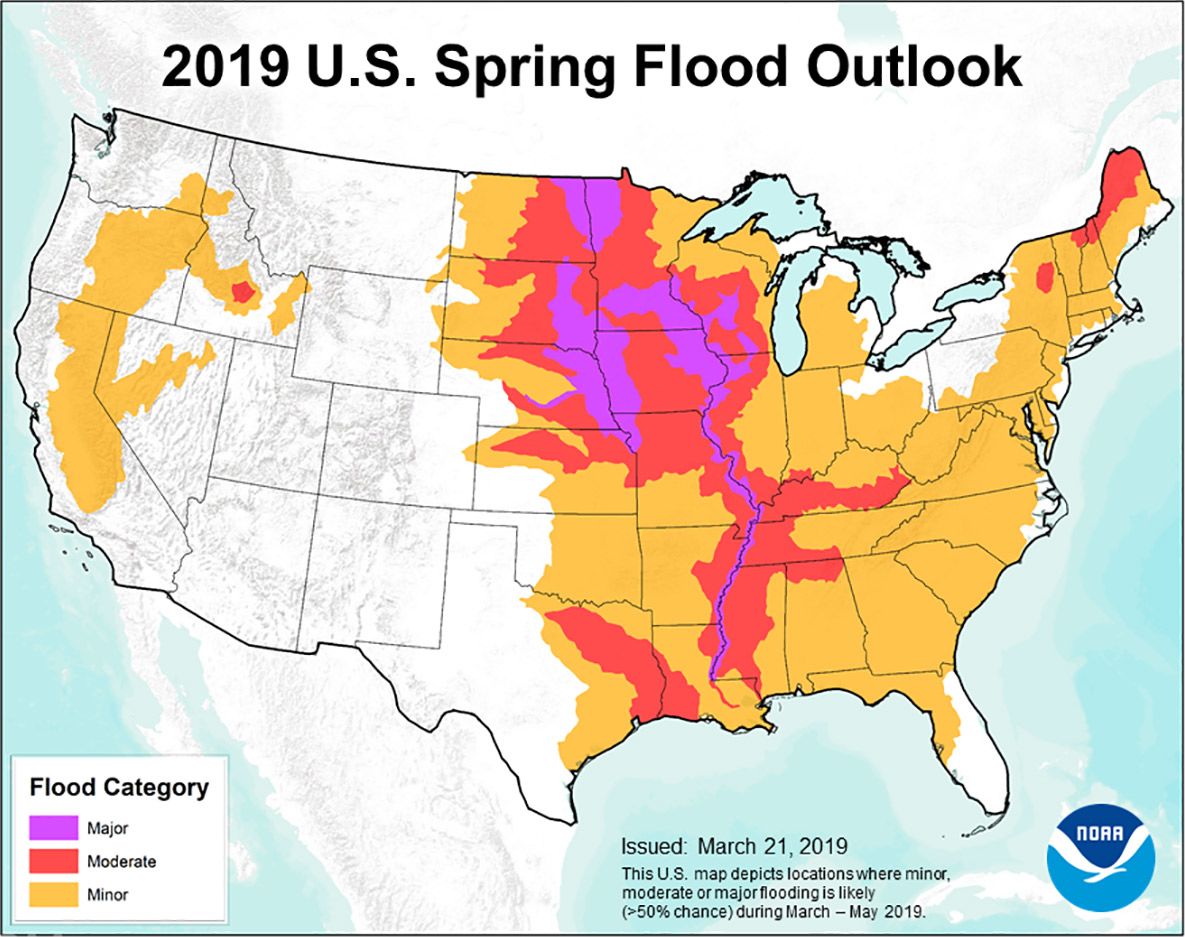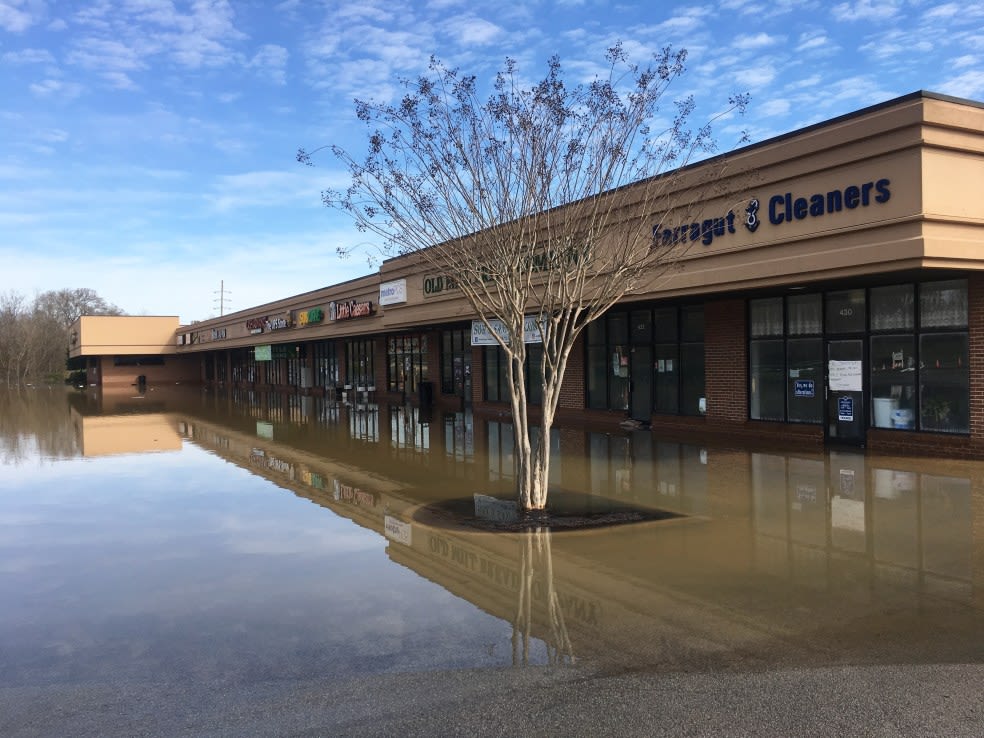Flooding in East Tennessee
The Losing Battle

The TVA have spent millions repairing and maintaining dams over time, but for many parts of Knoxville, flooding remains a problem. Dams maintain the direction of where the water flows and is a huge aid in controlling water levels. But, the scary truth for people in Knoxville and in surrounding areas is the fact that there is no preventing floods any more than what the Tennessee Valley Authority (TVA) has already done. The city is in a valley like a bowl. The plateau to the west is over 2,000 feet and the Smokies are over 6,000 feet, so all that water of course flows to the lowest point. Good ole’ rocky top is no doubt a beautiful place with a lot to offer, but flooding still represents a huge risk to the community.
“Without [the TVA dams], basically Knoxville would probably be a lake in itself and we wouldn't have a downtown,” Channel 6 meteorologist Ken Weathers said.

The TVA created the lake system for Tennessee and is the reason that the city of Knoxville has a downtown at all. In 1979 specifically the TVA completed the Tellico Dam Project, a turning point for American philosophy on dams in general. Towns were flooded all throughout the making of dams from the 1930's up to Tellico. The TVA flooded some Native American small towns and farm lands in order to complete the project.
“There is still a post office-- or, what's left of it” Weathers says of Tellico Village.
The area is now used for fishing. Those lands and small towns paid the price for future society. Now, thanks to that dam, the people that live right off the water or around it don’t have to worry about flooding, for now.
Rainfall totals in Knoxville have increased. According to TVA’s Statement on Climate Change Adaptation,
“The Tennessee River watershed has one of the highest annual rainfall totals of any watershed in the United States, averaging 51 inches per year. From October 1, 2012, through September 30, 2013, 62 inches of rain fell in the Tennessee Valley.”
Since the average is 51 inches and 62 inches fell, rainfall has drastically increased within the Tennessee Valley and had led to an increase in flooding.

“There are two different ways we deal with this, the first and most prominent one we focus on is preventive measures, we have a specific operation schedule after years of analysis and data that allows us to see how much rain the Tennessee Valley gets and at what time of year,"
says TVA representative Jim Hopson.
“Traditionally that means we lower reservoirs during the winter season, which is a period of time with the highest rain runoff, and then allow this runoff water to accumulate and use it in the spring to raise the river’s water levels.”
Last February, Knoxville was hit with nine straight days of rain that completely inundated the city. As Weathers said: “there were no areas of Knoxville that weren’t affected.” A man died last February and a woman almost drowned. And with more flooding in our future, officials have to work within the limit of the city’s infrastructure. These dams have technology that can track where more water is flowing and can try and disperse it differently but can only do so much.
Knox County businesses suffered $43.5 million last year due to flooding, according to the Global Dam Database. Weathers says that is something that this much rainfall should be a once-in-a-century event, but the data says otherwise. If it was Spring the flooding could have been minimized due to the plants being able to take in that water. In February, when everything is dormant there is less absorption.
Matt Hinkin, a fellow meteorologist at Channel 6 said,
“If you get a lot of snow and get a lot of melting at the same time and get rain on top of that you can have flood concerns.”
Knoxville’s concrete helps water build up, both meteorologists agree, and the city doesn’t have sufficient space for more trees.
Jefferson County felt the flood inordinately.
“There was nothing like it that I have ever seen,” said Hudson Seego, UT student. “I mean I knew that if it kept raining we would be screwed… it was louder than hail and the fact that it didn’t stop was scary.”
His house had to be partly redone and so did a strip mall due to over a foot of water coming down.

The TVA does monitor how to get better every year and how to adjust to the weather.
“Each year it prevents about $280 million in flood damage in the TVA region and along the Ohio and Mississippi Rivers,”
according to TVA’s website. There is, however, no technology or dam that can prevent the inescapable geology of Knoxville. We can’t know when flooding like February will occur again.
Knoxville as a city has so much to offer and people should still enjoy living here. But being informed about the city and the threats that face it is important and is reality. These things about Knoxville won’t change and if anything it will become more prevalent years down the line. Even with copious efforts and funding, threats can be minimized, but in view of where the climate is going, never fully eradicated.
Sources
Capps, Andrew. “More Floods in the Future? Knoxville's Flood Fits Growing Trend in Rainfall Totals.” Knoxville News Sentinel, Knoxville News Sentinel, 27 Feb. 2019, www.knoxnews.com/story/news/local/2019/02/26/knoxville-floods-rainfall-records-totals-part-growing-climate-trend/2992900002/.
Lail, Jack, director. Flooding in Knoxville on February 2019. YouTube, YouTube, 3 Mar. 2019, www.youtube.com/watch?v=KptSfwmo8ck.
“Global Dam Database.” Global Dam Watch, 20 Feb. 2019, globaldamwatch.org/.
Nicholson, Charles P. “Dam Safety Modifications at Cherokee, Fort Loudoun, Tellico and Watts Bar Dams.” TVA, 7 July 2014, www.tva.com/Environment/Environmental-Stewardship/Environmental-Reviews/Dam-Safety-Modifications-at-Cherokee-Fort-Loudoun-Tellico-and-Watts-Bar-Dams.
Pryor, Alison. “Reservoir Levels Lowered by TVA to Counteract Higher Flood Risk during Cold Months.” Wbir.com, WBIR, 16 Nov. 2019, www.wbir.com/article/news/local/reservoir-levels-lowered-by-tva-to-counteract-higher-flood-risk-during-cold-months/51-3b53a733-bad9-4db8-9c14-b01ae8cf22ad.
Full Interviews Below


